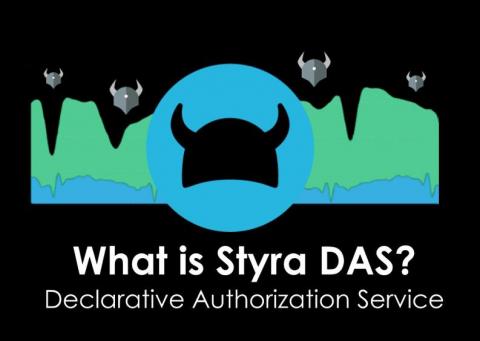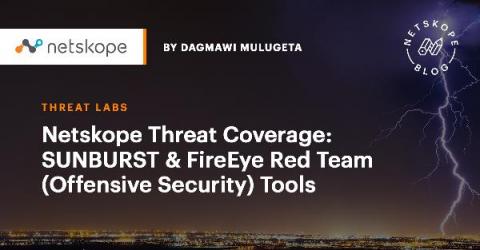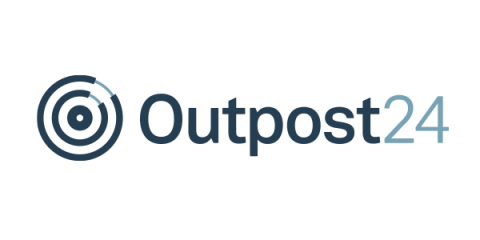Why application-layer encryption is essential for securing confidential data
Your business is growing at a steady rate, and you have big plans for the future. Then, your organization gets hit by a cyberattack, causing a massive data breach. Suddenly, your company’s focus is shifted to sending out letters to angry customers informing them of the incident - which is required by law in most states - and devising strategies to deal with the backlash.










